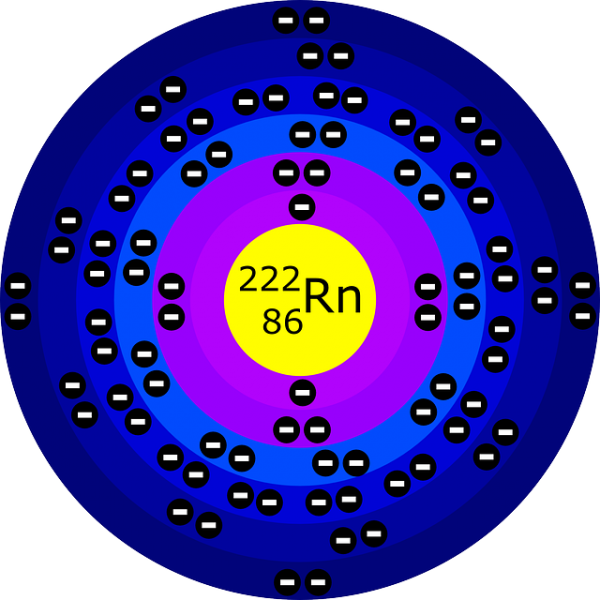

Residents of British Columbia have to be aware of a colourless, odourless radioactive gas called radon. The gas is released from the breakdown of uranium, which is naturally present in rock, soil and groundwater. The gas becomes diluted with oxygen and other gases when released outdoors, posing little to no risk.
However, if radon gas builds up inside your home or other building, it can pose a hazard to your health. Radon gas primarily enters homes through the soil underneath, through cracks in the foundation, gaps around service pipes, window casements, and floor drains.
How does radon affect my health?
The national guideline for radon levels is at 200Bq/m3; ensure that your home interior is below the national guideline. Otherwise, long-term exposure to radon gas can cause lung cancer, with 16% of Canadian lung cancer deaths resulting from indoor radon exposure. Gas is the leading cause of lung cancer for non-smokers and the second leading cause for smokers.
Lung cancer takes time to develop, and exposure to radon gas does not produce immediate symptoms. For residents of British Columbia, regularly test your home for any traces of radon, especially those living in areas of the province where the previous testing has shown that indoor radon levels are high.
Areas of British Columbia where elevated radon levels have been found inside homes and buildings included areas mainly in the east of the Coast Mountains such as the Okanagan Valley, the Kootenays, the Northern Interior, Peace River and North Thompson. Most parts of the western side of the Coast Mountains showed radon gas traces below the national guideline; areas like Lower Mainland, Vancouver Island, Fraser Valley, Sunshine Coast and Prince Rupert show low residential radon levels.
Protocols for radon testing in British Columbia homes
All residents of British Columbia are encouraged to regularly test their homes to ensure radon levels are below the national guideline of 200Bq/m3. Two types of Radon tests can be performed on a home. For both, you place a detector on crucial living areas in your house and should not be placed inside a bathroom, kitchen or hallway. The key is to place the detectors with massive air movement, like the main living area.
- Long-term testing: Long-term testing is supposed to take a minimum of three heating (i.e. winter) months and preferably for a six to twelve-month period. You could use the alpha track-type radon detector or the long-term electret sensors by placing all the monitors at the height of about four to seven feet above the floor for accurate results. The monitor is returned to the supplier, who will provide the results to the homeowner.
- Short-term testing: Most homeowners are advised against short-term radon detectors such as electronic "sniffer" devices and charcoal canisters. The testing is not highly recommended because they give short-term readings, which take up to three days. However, short-term testing may be helpful in screening homes for radon levels, such as during real estate transactions.
Radon gas poses less hazard to your health when exposed to it outdoors or in low-level quantities; however, if the levels exceed the national level, you could be at risk. As a homeowner in the province of British Columbia, it’s a good idea to keep checking the radon gas levels using long-term testing monitors in rooms where there is a massive flow of air. If you keep checking the radon gas levels and ensuring it’s below the national guideline, then you should have nothing to be worried about.



